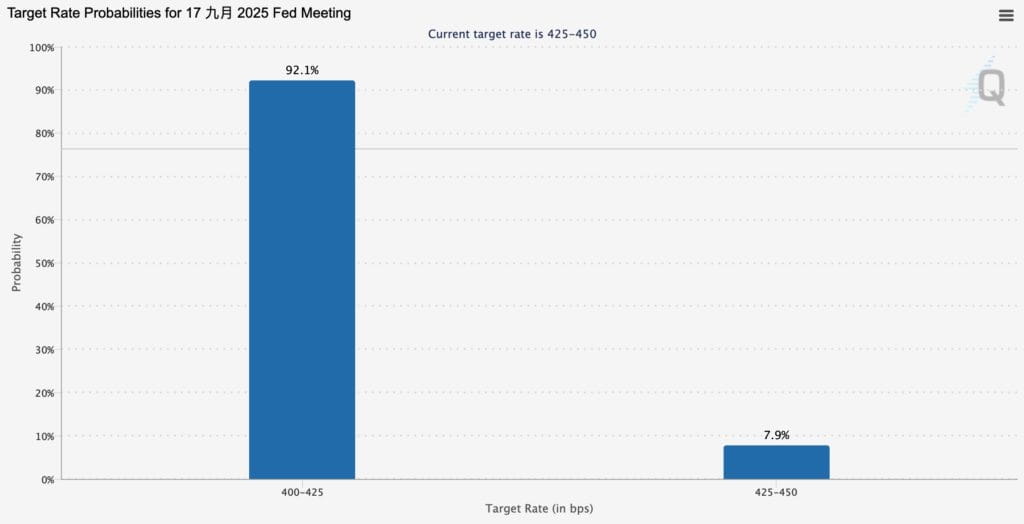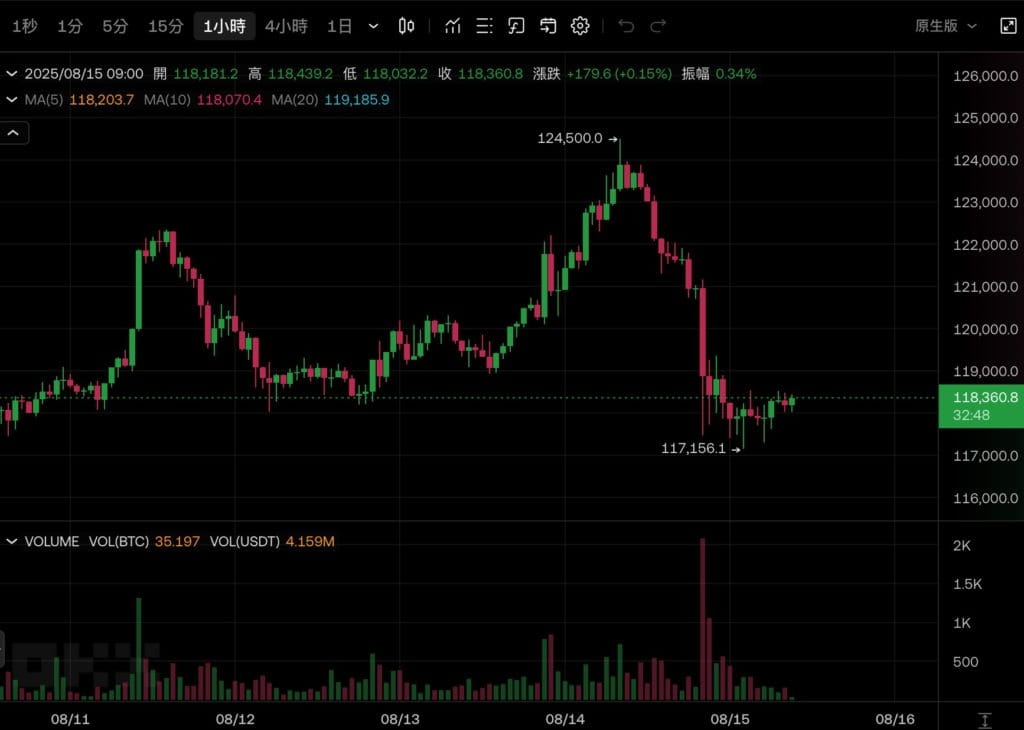The U.S. Department of Labor released the July Producer Price Index (PPI) last night (14th). The data showed a monthly increase of 0.9% and an annual increase of 3.3%, which not only far exceeded market expectations but also rewrote the record for the largest monthly increase in three years. This report immediately disrupted Wall Street's imagination of cooling inflation and quickly pushed back the already fragile expectations for interest rate cuts, leading to declines in both the U.S. stock market and cryptocurrency market.
Rising production costs, pressure from PPI transmitted to the consumer side
PPI is often seen as a leading indicator of the Consumer Price Index (CPI) because the costs borne by the production side ultimately end up in retail prices. July data shows that service costs rose by 1.1%, with trade profits increasing by 2.0%, portfolio management fees jumping by 5.8%, and airline ticket prices and hotel room rates rebounding by 3.1%.
At the same time, commodity costs also rose by 0.7%, with prices for food, metals, and electronic parts increasing across the board, showing that this wave of inflation is not a single-point surge, but a structural spread.
Tariffs compounded by labor shortages
The market quickly turned its attention to the Trump administration's tariff measures. The import taxes on steel and aluminum directly raised the costs of raw materials, while the intensified crackdown on undocumented immigrants has led to labor shortages in agriculture, resulting in a 38.9% surge in the costs of fresh produce and dried vegetables. High Frequency Economics Chief Economist Weinberg pointed out:
For those who believe tariffs won't affect domestic prices in the U.S., this report is like a harsh blow.
J.P. Morgan economist Hansen also reminded that rising wholesale prices will take longer to fully reflect on the consumer side, indicating that there is still a risk of CPI rising in the short term.
The Fed's dilemma, is the interest rate cut window forced to be delayed?
The unexpected surge in PPI has sounded the alarm for global investors: wholesale cost pressures are returning, adding uncertainty to the Fed's policy direction. In the coming months, whether CPI follows suit and rises, and whether Trump’s tariff negotiations can loosen, will be key factors influencing capital flows. If prices remain high while economic growth slows, the market will more frequently mention 'stagflation'.
On the other hand, the July PPI report has narrowed the Fed's monetary policy choices further. Fedwatch data shows that the market originally expected a 2 basis point rate cut in September, but after the data was released last night, that expectation has gone to zero. However, there is still a 92.1% chance of a 25 basis point rate cut, and investors can only closely monitor the upcoming economic data.

Bitcoin hits $117,156
As for cryptocurrencies, Bitcoin plummeted immediately after the data was released, hitting a midnight low of $117,156, and is currently reported at $118,360 before the deadline. ETH also dropped below $4500 at the same time, but has just managed to rebound back to $4600, showing strong rebound momentum.


